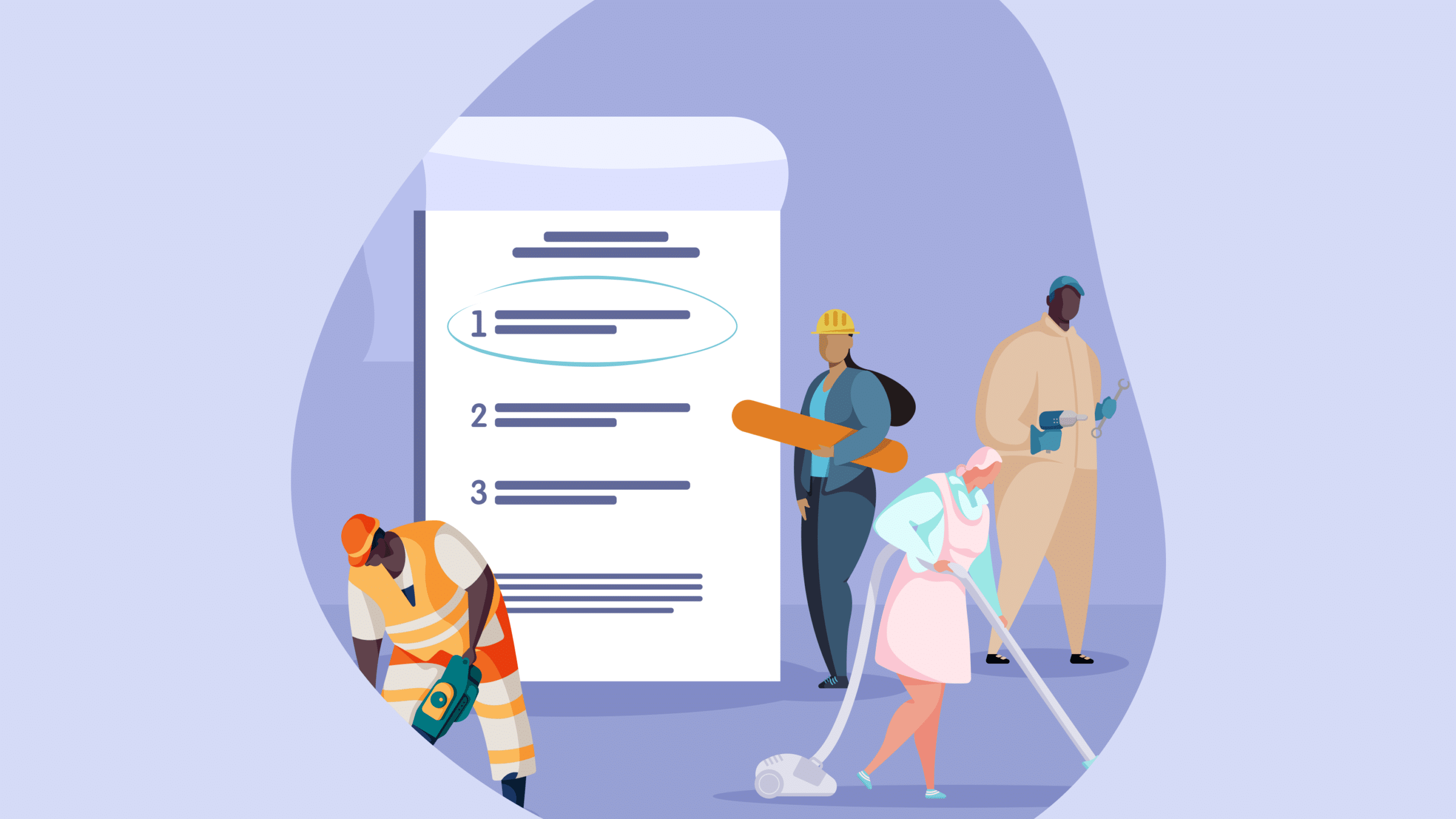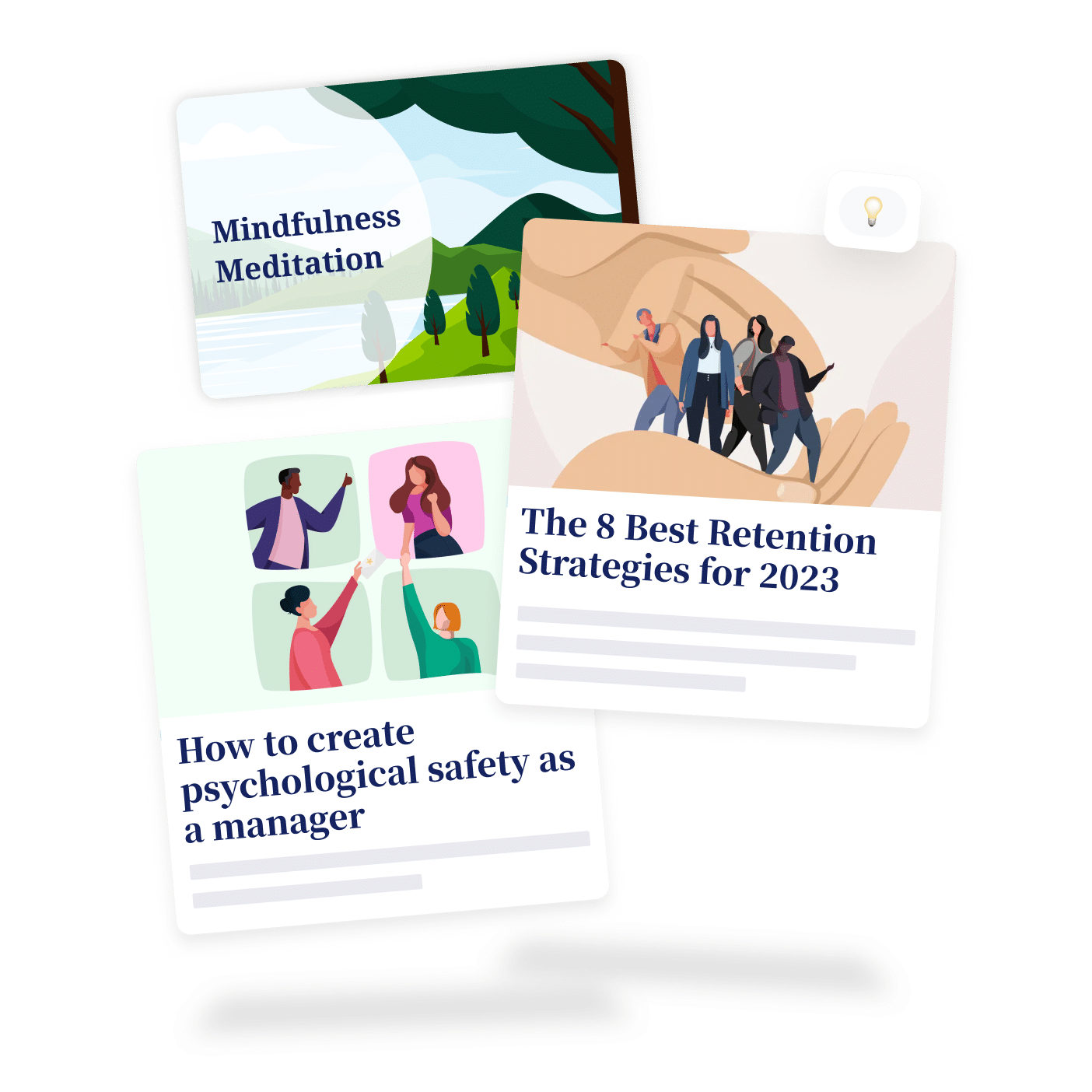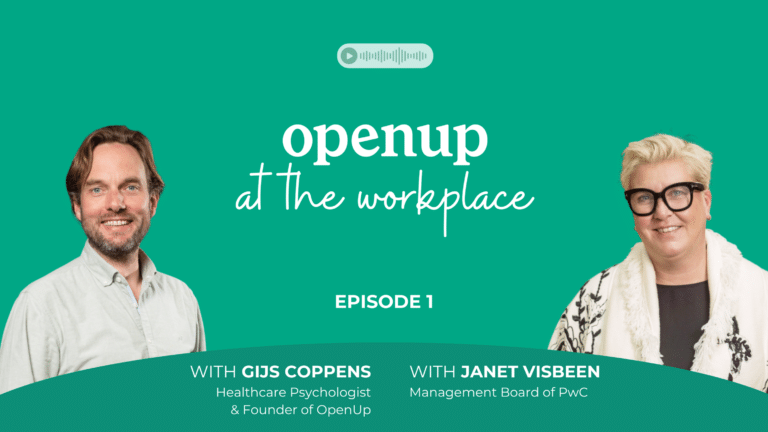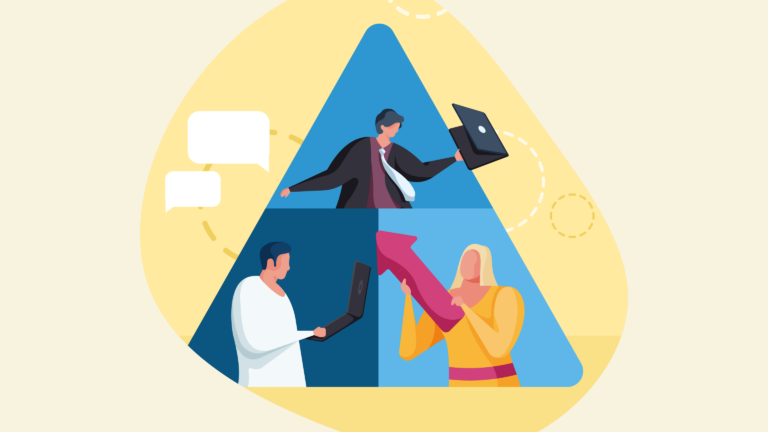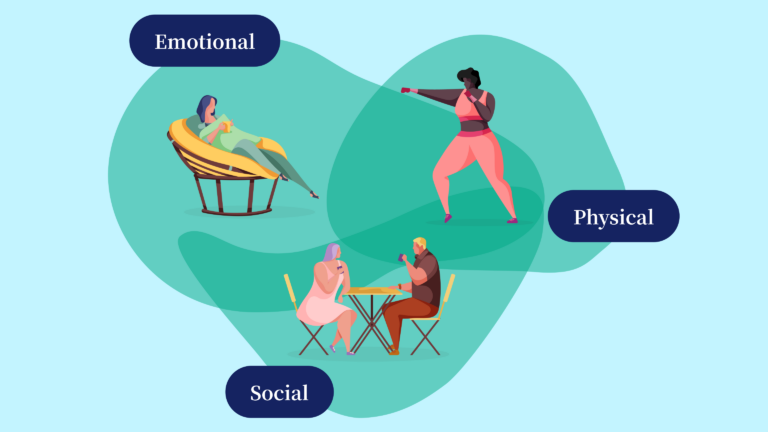2. Let management and HR take the lead in implementation
A mental well-being platform can only bring about sustainable change if its importance is seen by everyone in the organisation: from top management and HR to individual managers and team leaders.
- Open the conversation about the importance of well-being: let managers lead by example. For example, they can mention in a company update how they personally use the mental well-being platform, or share a personal story in a meeting about when they faced mental well-being challenges.
- Offer managers the right guidance: Help them to lead by example: encourage mental well-being discussions with their teams.
By doing the above, you can actively demonstrate that it is normal to seek help for your physical and mental well-being.
Want to know how to start a mental well-being conversation as a manager? Join our (free) self-paced course for managers: Navigating mental well-being talks with your team
3. Organise a kick-off with the whole company
A good start is half the battle. If you are launching a platform or programme for mental well-being, make sure you have a great kick-off. This can be with a physically, at the workplace or at your office headquarters, or online.
- Make sure everyone can access the well-being program, including employees who still need to understand how to work on their well-being. Encourage people to start with programmes or workshops that are entry-level, requiring no prior knowledge or preparation.
- Offer different topics and activities. Not everyone knows how to start improving their physical and mental well-being, and they don’t have to. Make sure every employee can start with a topic that appeals to them, at a level that suits them.
Through OpenUp, for example, employees can first take an online webinar on stress, or an online course on breathing – in addition to booking a session with a lifestyle expert or psychologist.
4. Encourage group activities
If you want to remember one tip, it is this: organise activities around well-being as much as possible in groups. Have managers encourage their teams to attend a group session together or a course on dealing with emotions, for example.
Research shows that a group context increases participation in well-being platforms in the construction, engineering and manufacturing sectors. By participating in webinars, workshops and courses together, employees feel extra motivated, can help each other and you create a healthier culture faster. Because ultimately, that is the goal!
Read more 🚧 Mental Well-being in Engineering, Manufacturing and Construction: Building a Healthy Company Culture
5. Create ambassadors among your employees
Social influence is a powerful way to motivate employees. So following on from tip 3: we recommend appointing internal ambassadors to champion mental well-being.
Besides the good example set by managers, most employees look to colleagues in similar positions. If they speak positively about well-being programmes and show that they themselves benefit from your well-being program, it motivates others to try it too.
6. Timing is everything
Make sure your well-being platform is accessible to everyone in terms of timing too. If you organise a group activity, ensure it fits smoothly employees’ schedules: plan it during working hours. This way, you make it clear that prioritising mental and physical well-being is a core part of your culture.
